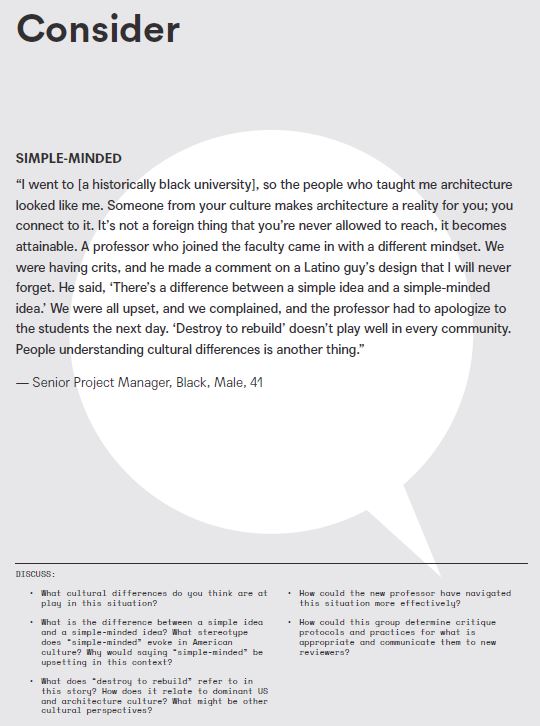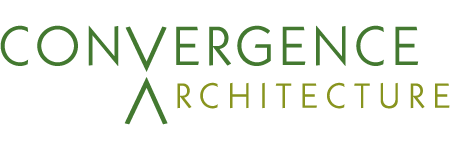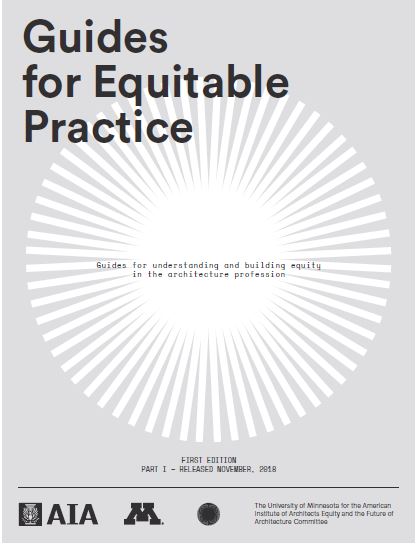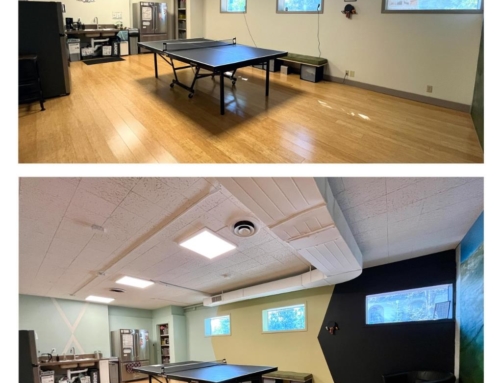Written by Maria Rojas
Since the release of the AIA Guides, as a firm, we have implemented it as part of our monthly educational presentations. Reviewing each chapter and utilizing their methodology to better understand the need for equitable practice. This is the first in a series of posts where we will discuss the contents of the AIA guide.
In the introduction chapter, we learn about the concepts and structure of the chapters, but also the main purpose of the guides – What is equitable practice? The industry currently is structured to place a higher value on traditional dominant identities which makes the industry inaccessible, uneven, and barrier filled. They identified Diversity, Inclusion, and Equity as drivers to improve the industry. Why equitable practice is important for architecture is beyond simply improving the bottom line. They provide a moral case, a business case, a professional case, a societal case, and an ethical case. Each case needs to be practiced within an inclusive and equitable approach from start to finish.
The chapters are made up of sections of what the topic is, why that topic is important, and what progress in that area looks like. The guide also provides information on how legalities and regulations play a factor and assessments for stages on implementation. Within each chapter, the guide breaks down action steps that an individual can make, action steps that the firm can make, and action steps that the profession can make to better the industry.
Another aspect within the guide’s chapters that really help further knowledge is the consider sections, which share perspectives on common issues. These are a great tool to go over as a firm, or in groups, as they generate conversation and apply the previous sections into an understandable reality. Quotes from different identities also help with discussion and encourage reflection on the related content. A team of AIA leadership, EQFA members, expert consultants, and other interested parties researched, designed, and wrote these guides.

“The guides intend to share knowledge, generate discussion, deepen self-awareness, and support organizational discovery and change around discernible and namable concepts” – AIA Guides








